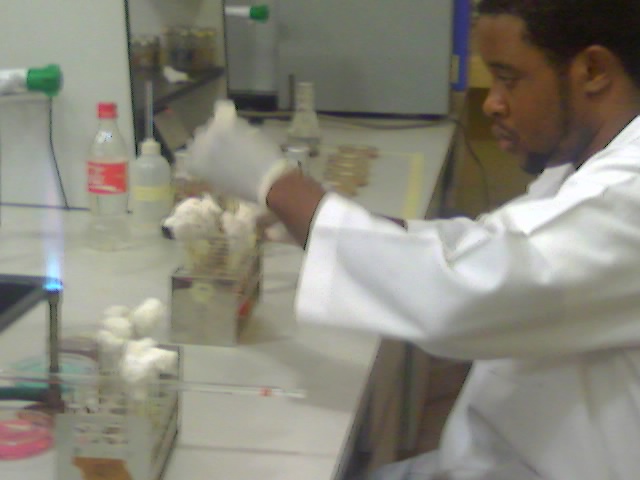The history of microbiology will be incomplete without first mentioning the discovery and development of the microscope. Microscopes are indispensable tools for studying microorganisms because without the invention of microscopes man will find it difficult to see microbes (which are microscopic in nature and are too small to be seen with the naked or unaided eyes).
The microscopes (light microscope or electron microscopes) are our eyes in the microbial world – where microbial life still remains invisible to the naked eyes. Thus, the field of microbiology as a biological science owes its past, present and future to the singular discovery of the microscope, which allow us to study and make effective use of microbes in various aspects of our lives including medicine, agriculture, biotechnology and industry. With the microscope, microbiologist can view, observe, study and understand the unseen world of microbes.
Microscopes are magnifying piece of instruments that are used for studying microorganisms (including bacteria, fungi, algae, viruses, and protozoa) which are too small to be seen by a naked eye. Since microorganisms are invisible to the human eyes, nothing was known about them until the 1600s when the works of Antony Von Leeuwenhoek and Robert Hooke brought them into limelight through their innovative development and use of the microscope to view and make clear the microbial world. The scientific technique of preparing microorganisms and specimens/samples of clinical and non-clinical origin for viewing under the microscope is generally referred to as microscopy.
Microscopy is the technical field of magnifying smaller forms of living things which cannot be seen by the normal human eyes using the microscopes. The field of microbiology flourished following the discovery and application of microscopes which made it possible for scientists (especially the microbiologists) to see the very small forms of living organisms (microorganisms) that are ubiquitous in our environment.
The microscopes therefore, are invaluable tools for both a microbiologist and the medical laboratory because of its exceptional ability to produce the true imaging of microorganisms which cannot be seen with an unaided eye. Microscopes enable the human eyes to observe smaller forms of life (i.e. the microbial world) in a more magnified, clear and enlarged form using a combination of lenses.
The field of Microbiology as an applied science developed at a very faster pace because of the availability of the microscope (which made clear the microbial world that the naked eyes could not see) and the ability to isolate and grow pure cultures of microorganisms (which are necessary for the proper understanding of the form and development of microorganisms). The discovery and outright development of the microscopes with key microscopy innovations transformed the fields of microbiology and biology and, the application of microscopy is still a very essential technique in both the physical and life sciences.
REFERENCES
Beck R.W (2000). A chronology of microbiology in historical context. Washington, D.C.: ASM Press.
Cheesbrough, M (2006). District Laboratory Practice in Tropical countries Part I Cambridge
Chung K.T, Stevens Jr., S.E and Ferris D.H (1995). A chronology of events and pioneers of microbiology. SIM News, 45(1):3–13.
Dictionary of Microbiology and Molecular Biology, 3rd Edition. Paul Singleton and Diana Sainsbury. 2006, John Wiley & Sons Ltd. Canada.
Glick B.R and Pasternak J.J (2003). Molecular Biotechnology: Principles and Applications of Recombinant DNA. ASM Press, Washington DC, USA.
Goldman E and Green L.H (2008). Practical Handbook of Microbiology, Second Edition. CRC Press, Taylor and Francis Group, USA.
Madigan M.T., Martinko J.M., Dunlap P.V and Clark D.P (2009). Brock Biology of microorganisms. 12th edition. Pearson Benjamin Cummings Publishers. USA.
Nester E.W, Anderson D.G, Roberts C.E and Nester M.T (2009). Microbiology: A Human Perspective. Sixth edition. McGraw-Hill Companies, Inc, New York, USA.
Prescott L.M., Harley J.P and Klein D.A (2005). Microbiology. 6th ed. McGraw Hill Publishers, USA.
Willey J.M, Sherwood L.M and Woolverton C.J (2008). Harley and Klein’s Microbiology. 7th ed. McGraw-Hill Higher Education, USA.
Discover more from #1 Microbiology Resource Hub
Subscribe to get the latest posts to your email.



